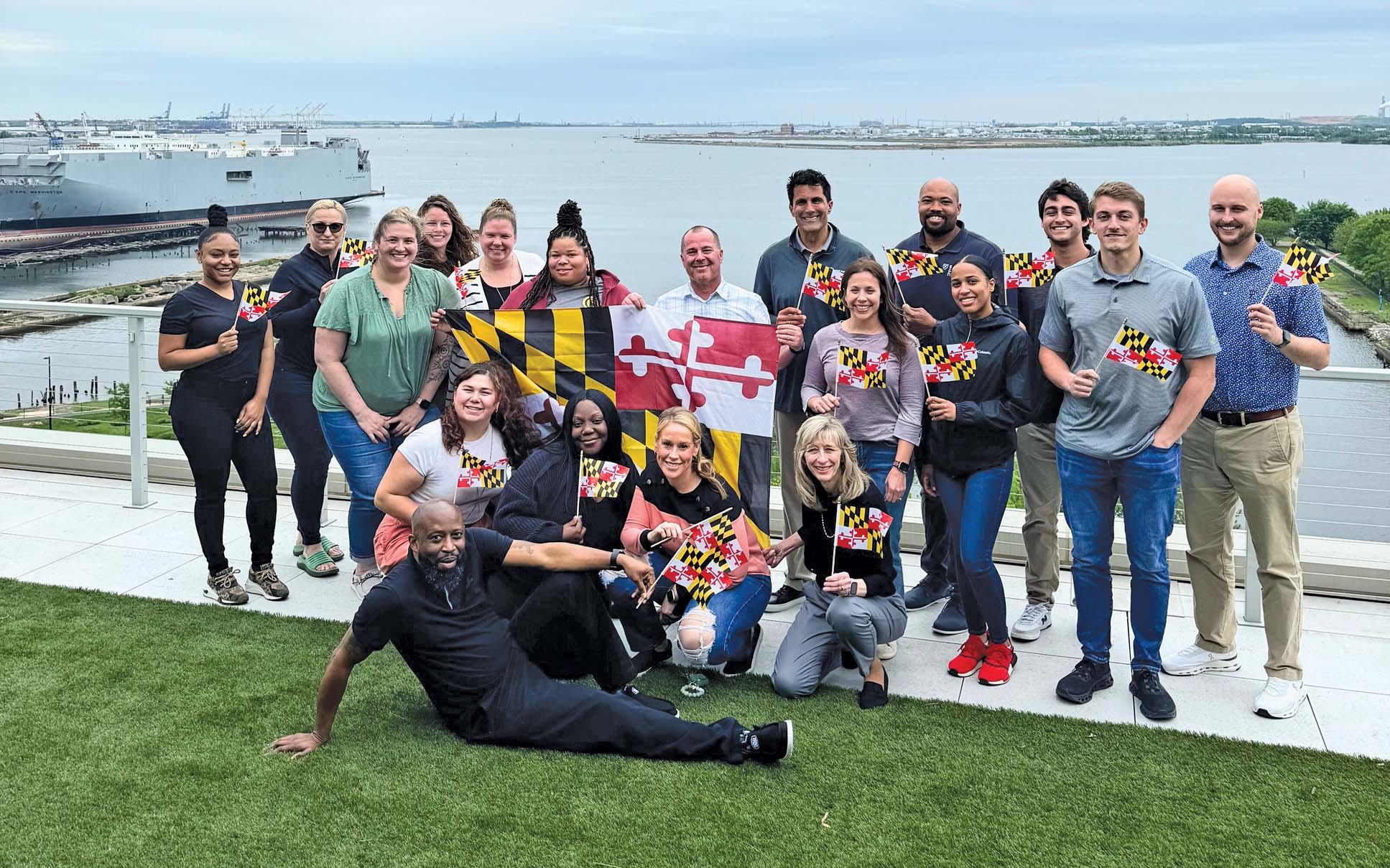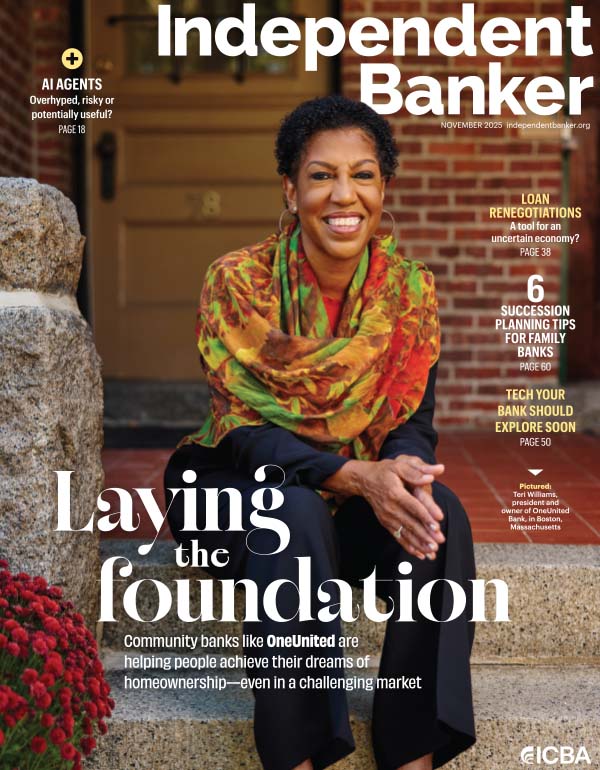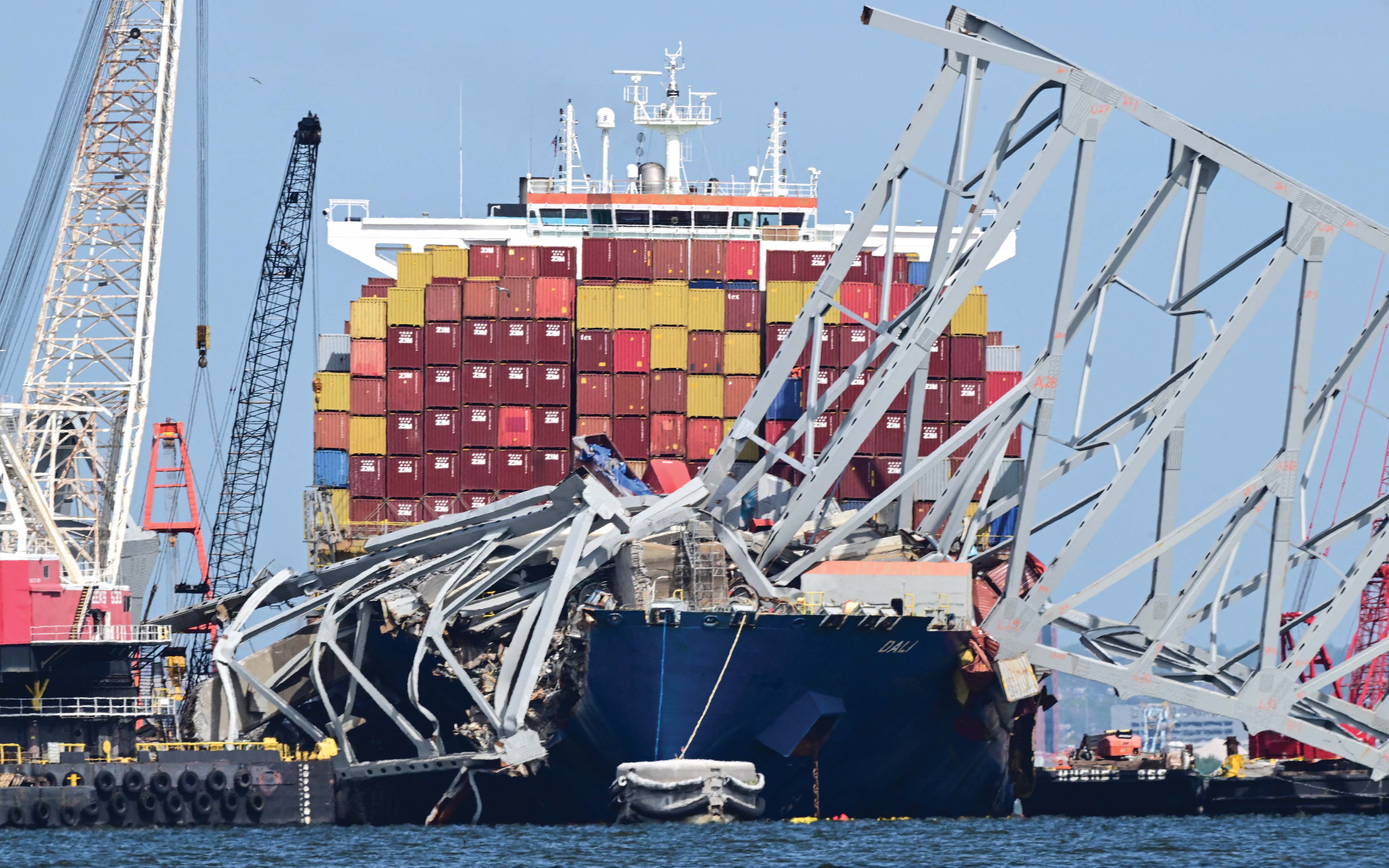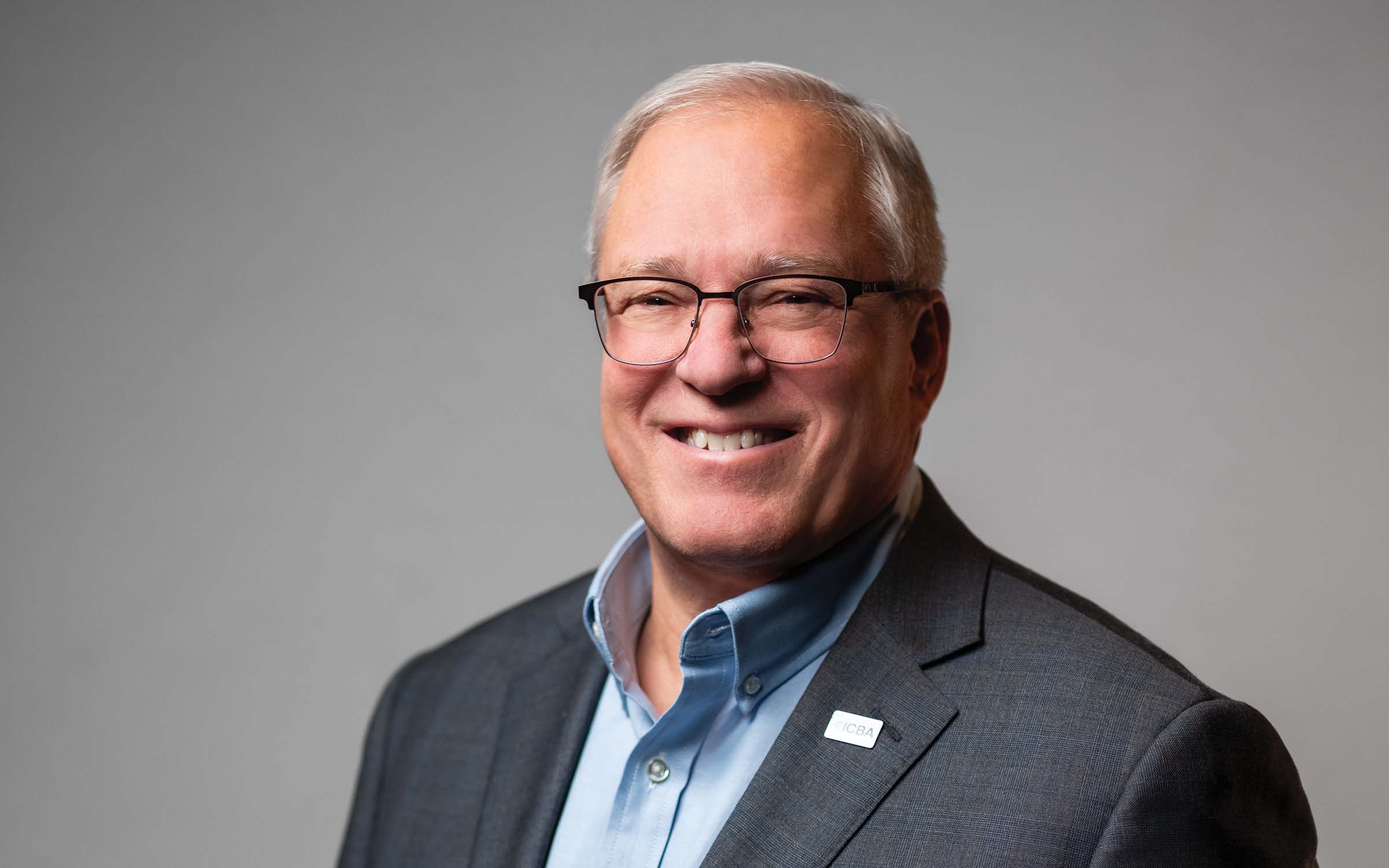Name:
CFG Bank
Assets:
$5.4 billion
Location:
Baltimore
On March 26, 2024, the container ship Dali struck one of the supporting piers of the Francis Scott Key Bridge in Baltimore. Within minutes, the main structure of the 1.6-mile bridge collapsed into the Patapsco River, one of the busiest shipping routes in the U.S.
Six workers on the bridge lost their lives, and shipping to and from the Port of Baltimore was halted for weeks.
In the days following the Key Bridge tragedy, $5.4 billion-asset CFG Bank, which is headquartered in Baltimore, was on the ground offering support. It took an innovative approach, developing two unique money market accounts designed to give back to affected community members.
Hitting close to home

For CFG Bank, the collapse of the Key Bridge felt acutely personal. As Erik Howard, the community bank’s president, explains, “It’s a historic landmark here in Baltimore, traversed by a tremendous amount of folks every day, something that you’re so familiar with, that you see day in and day out—and then it’s gone. And even harder, it wasn’t completely gone. We had to live with it day in and day out, seeing it in less than its historic glory.”
CFG had recently moved its corporate offices to the riverside Baltimore Peninsula, so the wreckage was a constant reminder of the tragic events. “One of the views that we have—or had—was of the bridge,” says Howard. “So, we had, unfortunately, a front-row seat to the days, the weeks and the months after.”
Howard notes that the impact on the Baltimore community was immediate and hit on many levels. “First and foremost, there were the six men who unfortunately lost their lives that morning,” he says. “Our thoughts and prayers continue to go out to their families and friends as they deal with both the short-term and long-term impacts of the tragedy.”
Making up the difference
CFG Bank has deep roots in Baltimore
As the largest bank headquartered in Baltimore, CFG Bank is ingrained in its community. If you visit the city, you’ll find the bank’s name on a major entertainment venue: the CFG Bank Arena, which opened in April 2023. Among other projects, CFG Bank made a significant donation to the National Aquarium to fund a floating wetland. It also provided seed money for Dwyer Workforce Development, a nonprofit focused on healthcare workforce development training, alleviating staff shortages and improving healthcare for seniors.
Howard explains that during the port’s closure, “there were an estimate of up to $192 million a day in economic impact, [approximately] 15,000 jobs directly impacted and 140,000 jobs indirectly impacted.”
He adds, “It’s one of the country’s most important seaports, and about 800,000 cars a year come through the Port of Baltimore. So, the impact was really felt immediately and throughout the community.”
CFG Bank made a donation of $50,000 to the Baltimore Community Foundation’s Maryland Tough Baltimore Strong Key Bridge Fund. But, wanting to have a longer-term effect, the community bank developed two money market accounts that allowed commercial and retail customers to donate a portion of their accrued interest to the Key Bridge Fund until the end of 2024. CFG matched donations up to $500,000.
“We have a tremendous philanthropic and mission-focused component, [and we] try and give back both to the city of Baltimore and to a number of different mission-focused initiatives all over the country,” says Howard. “But [the wreckage of the Key Bridge] was consistently and constantly in full view, pulling at our heartstrings by seeing this loss and hearing about it, so we wanted to come up with something creative, something unique.
“We’ve got a national platform in terms of a number of our different business lines,” he adds, “and we wanted to take that as an opportunity to ensure that people and businesses all over the country continue to keep focus on Baltimore ... and on those impacted by the tragedy.”
The response, he says, was “tremendous,” in terms of contributions and local recognition.
“When everyone comes together,” Howard says, “nickels add up to dollars. But one of the biggest components was ensuring that that recognition and awareness continued, that the focus continued to be on those impacted, and that they stayed in the forefront focus so that we could do everything as a community to help bridge those gaps and provide support to those that were affected.”

A future built on hope and recovery
Quick Stat
$16M+
Amount raised to aid in Baltimore’s recovery following the collapse of the Francis Scott Key Bridge
Source: Baltimore Community Foundation
Thanks to the efforts of CFG Bank and other community contributions, the Key Bridge Fund has raised over $16 million, aiding first responders, port workers and their families, as well as the many small businesses who have faced economic disruption.
The fund is also contributing money toward memorializing the tragedy, the bridge and the victims. “We want to support the families of those that lost their lives,” says Howard, “ensuring that they’re not forgotten as we continue to rebuild.”
He says that CFG Bank “will continue to help the folks impacted by this by rebuilding that portion of Baltimore and providing any support that we can.”
In February of this year, a design for the new Francis Scott Key Bridge was unveiled, marking the start of a new chapter for Baltimore. The redevelopment and reconstruction, says Howard, will “help the town move on and come to some resolution, look to the future and look forward.” And CFG Bank will be right there by the community’s side.






